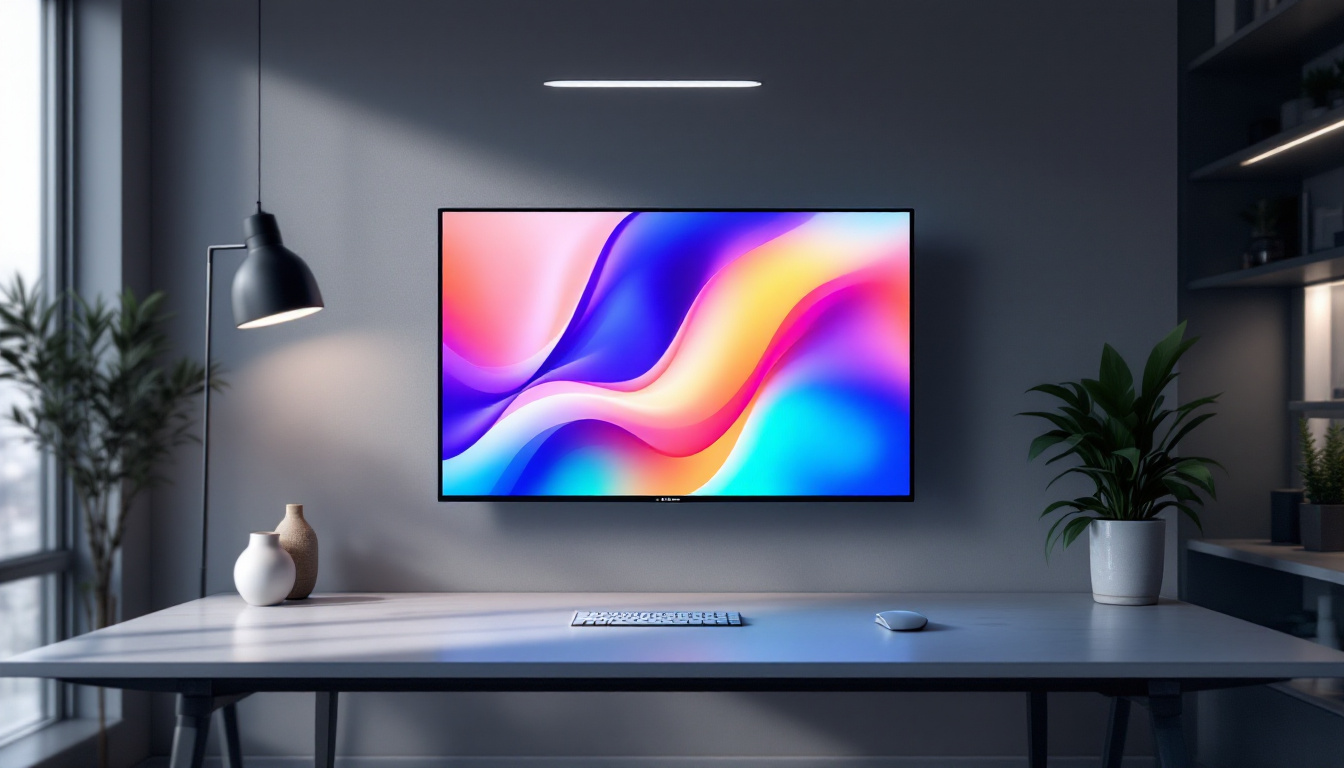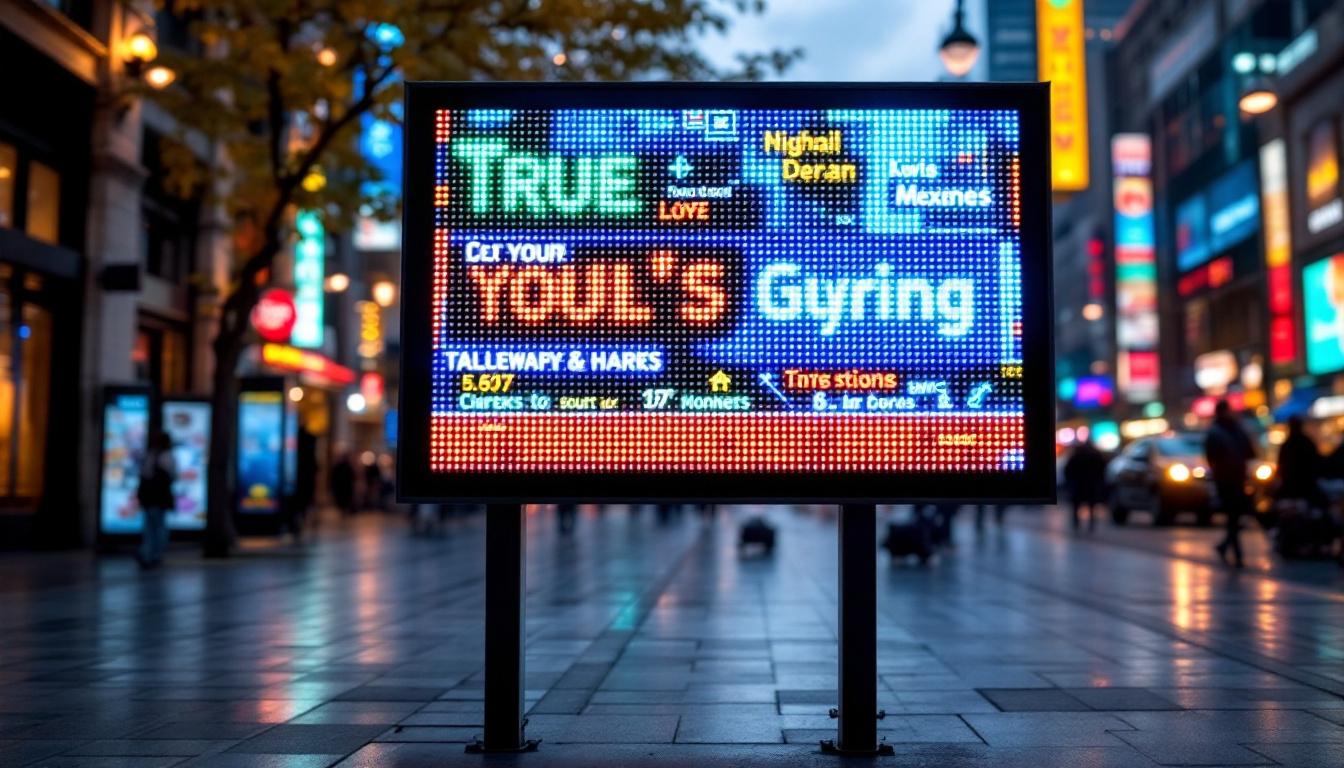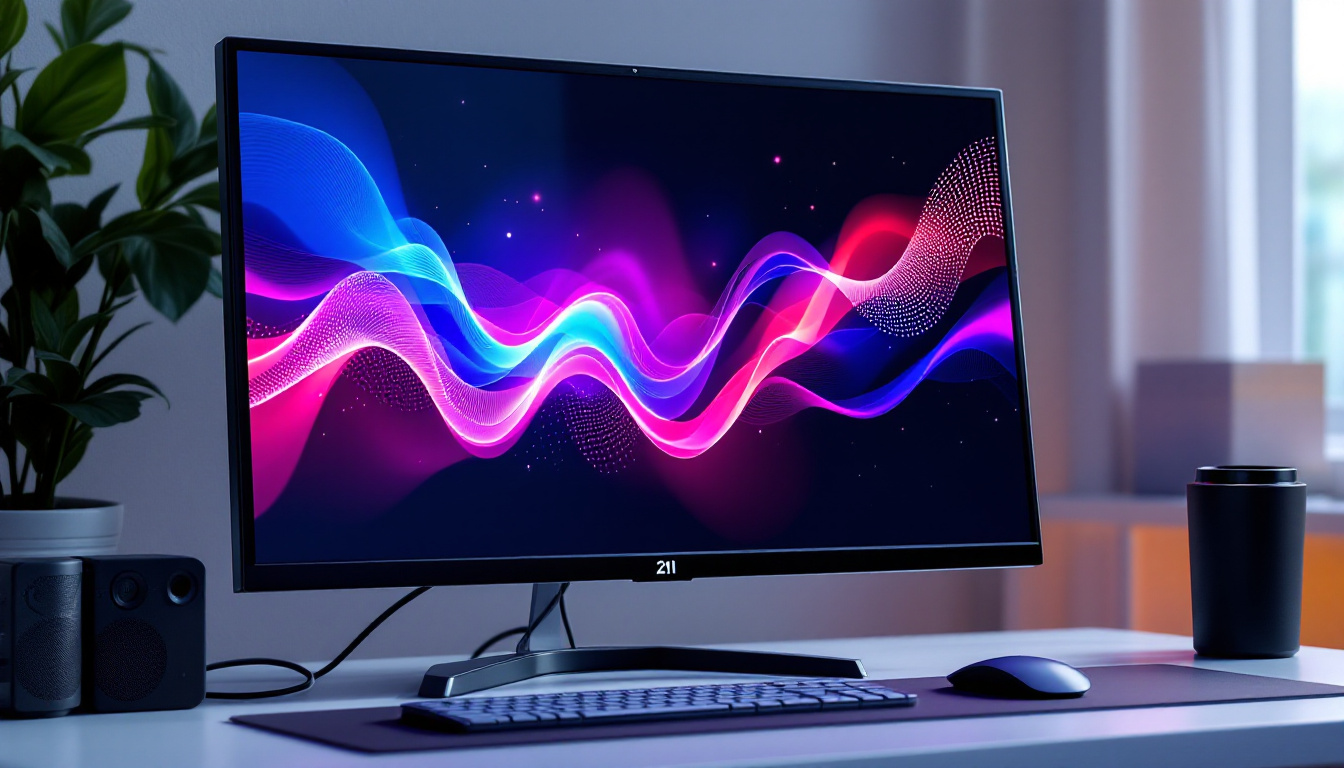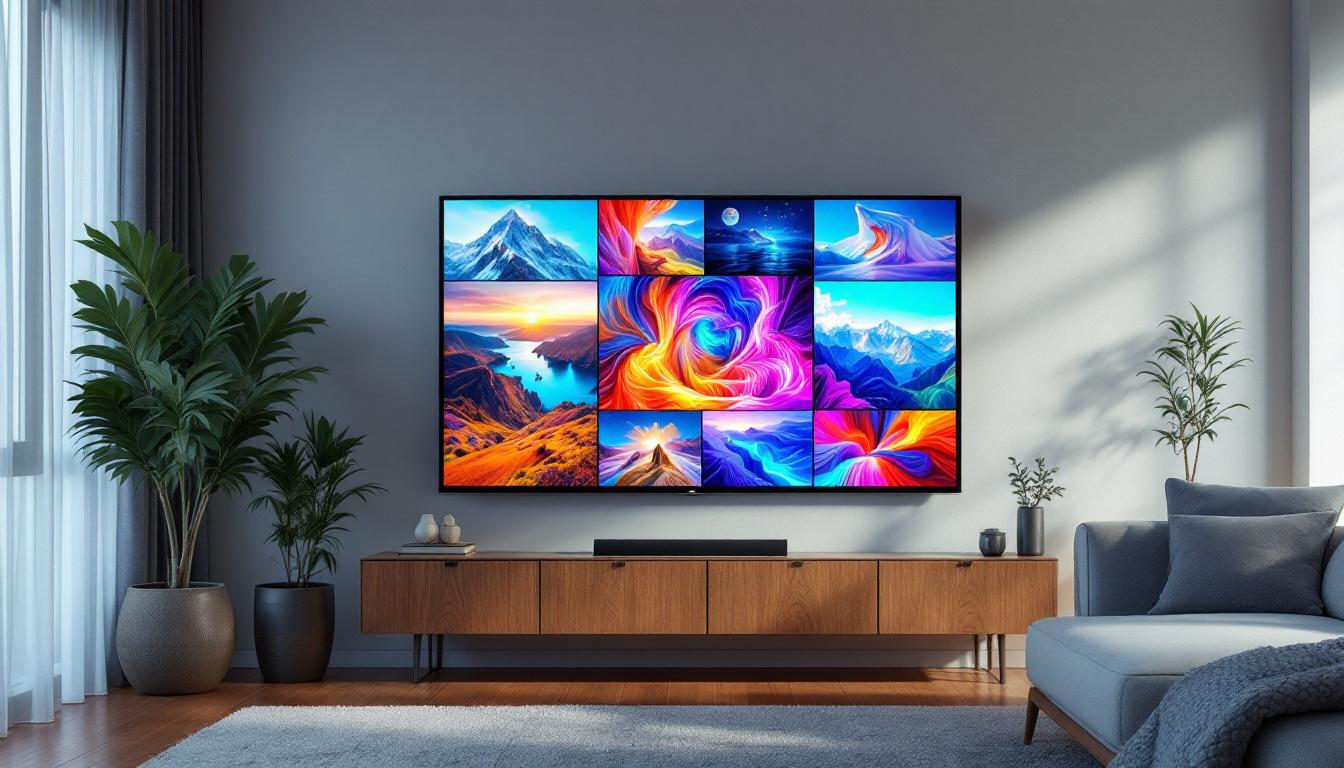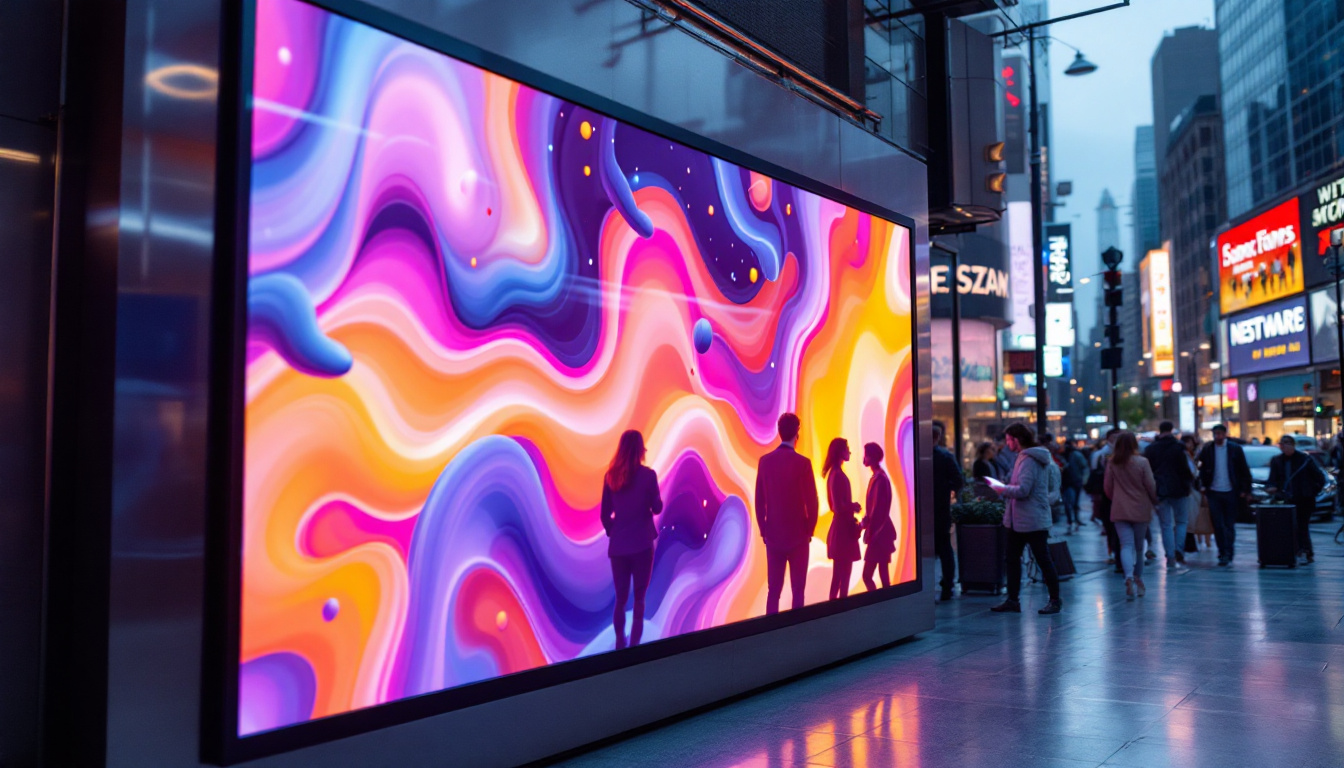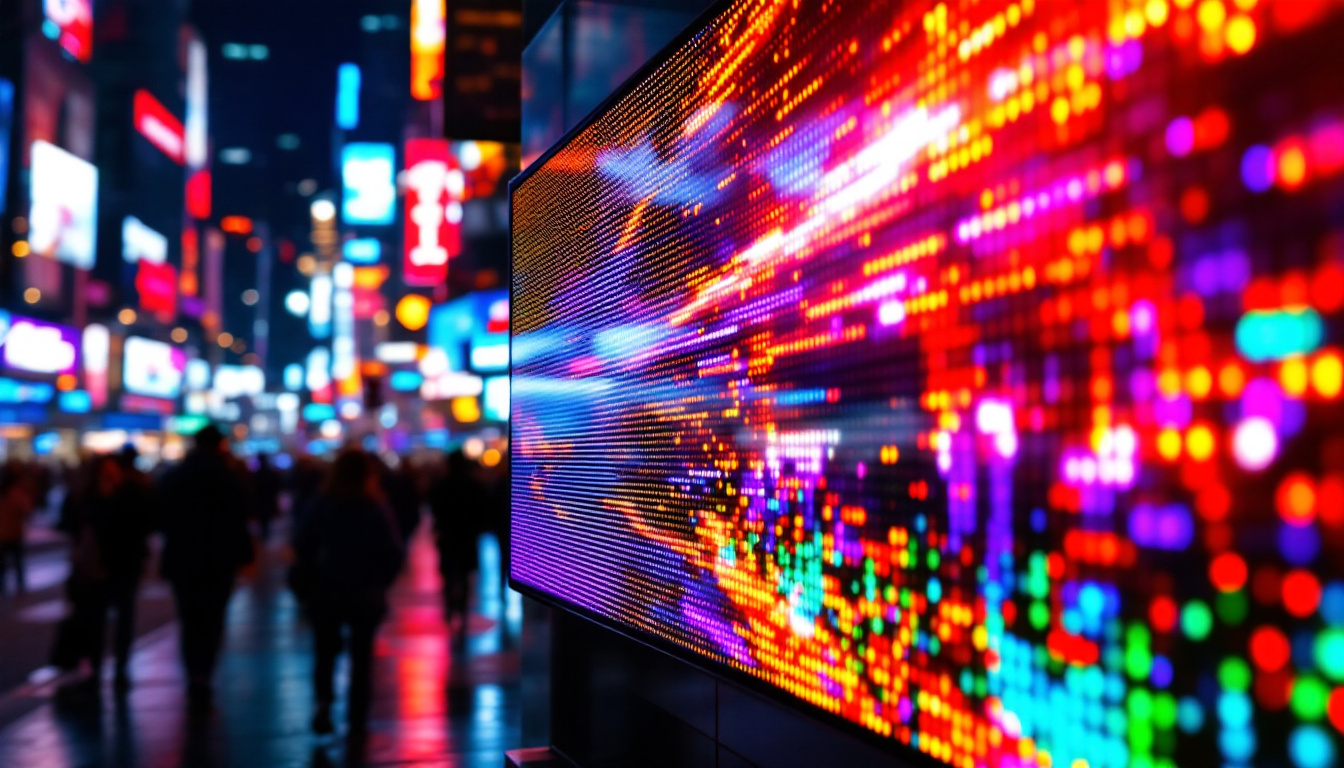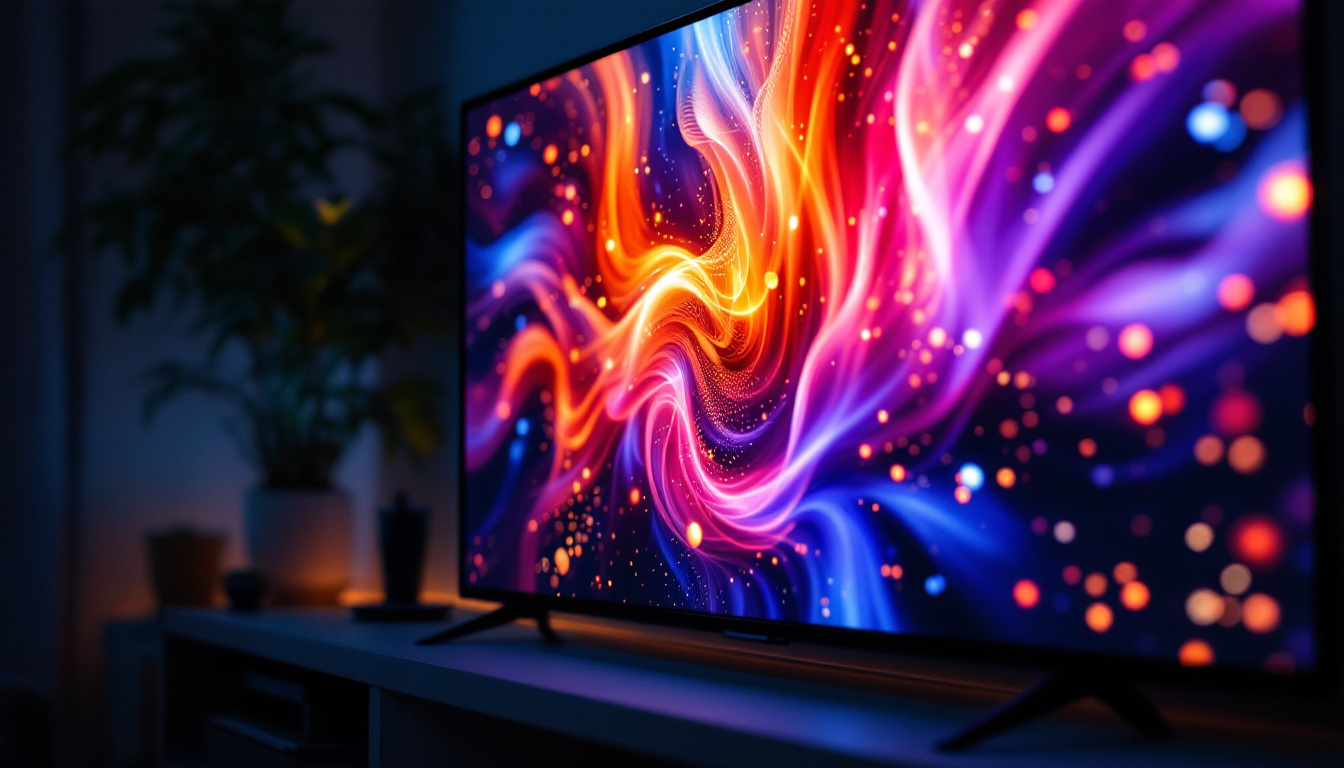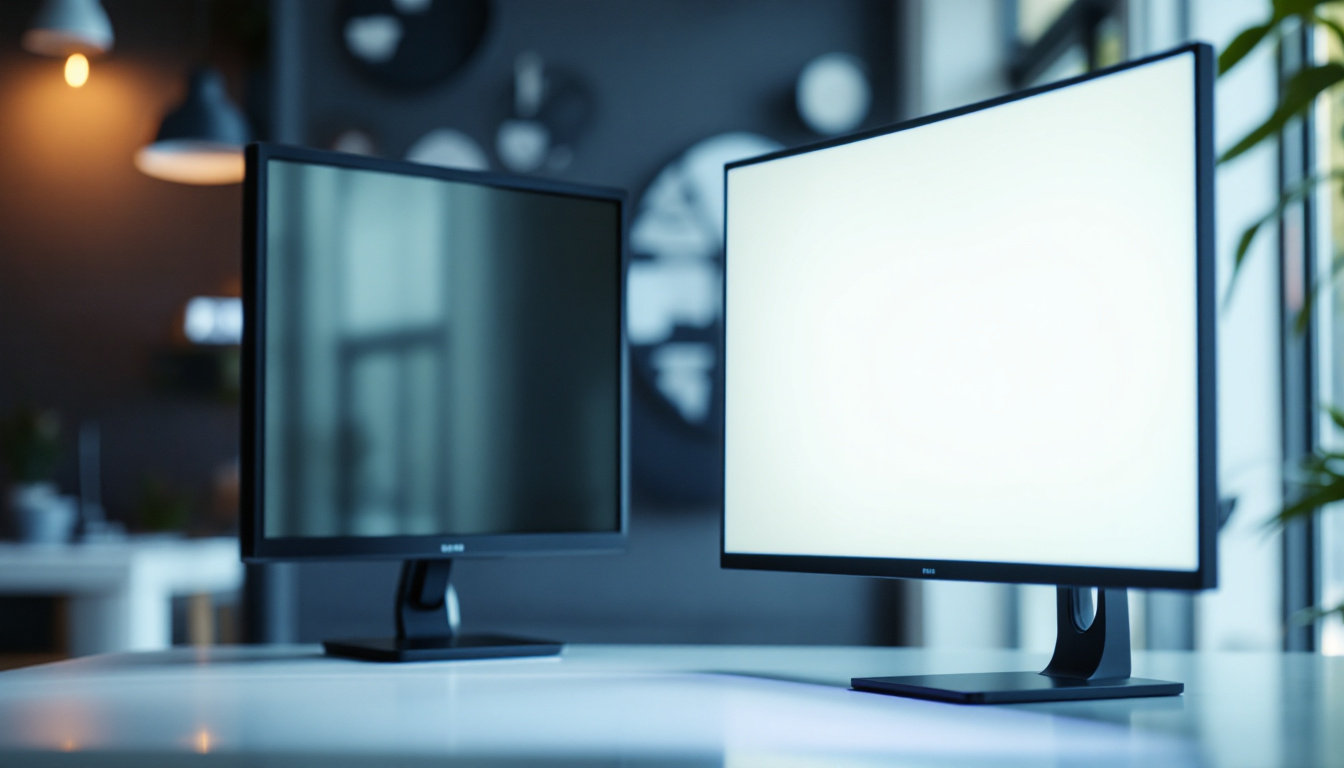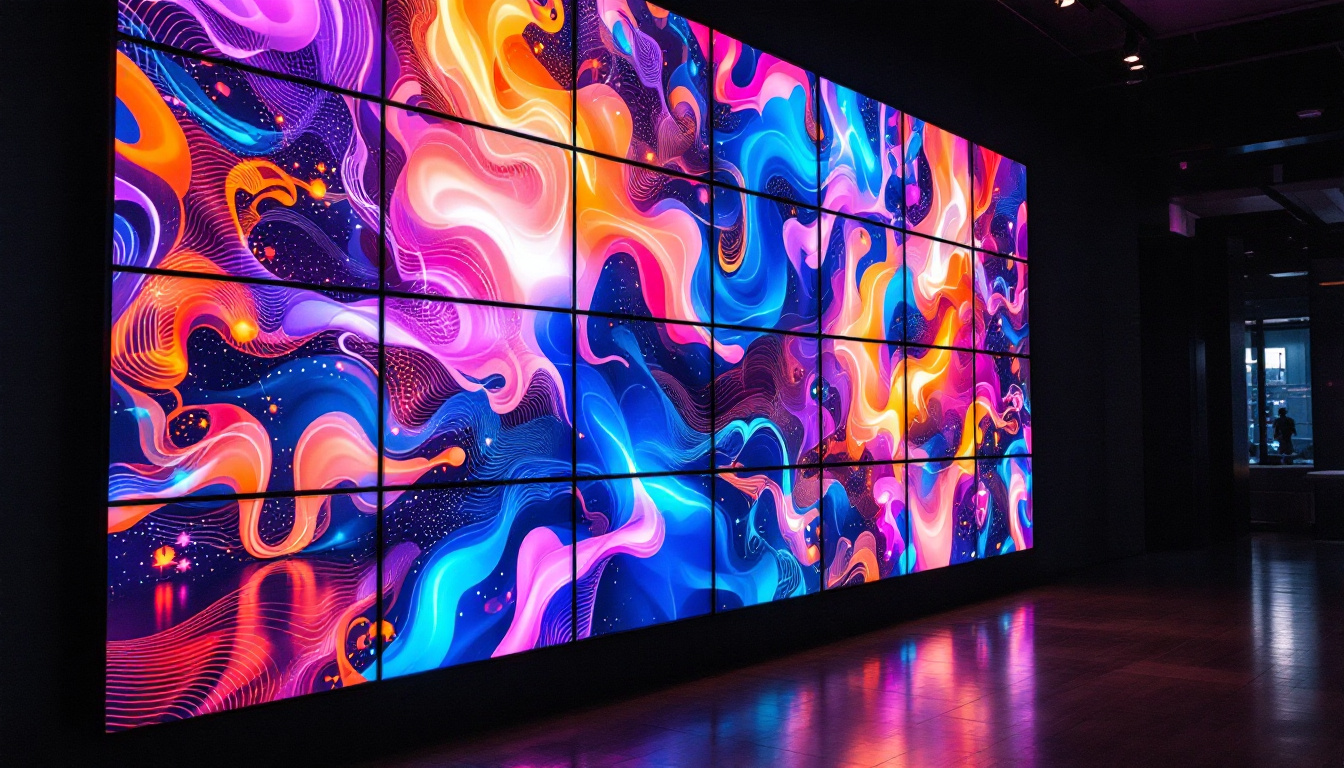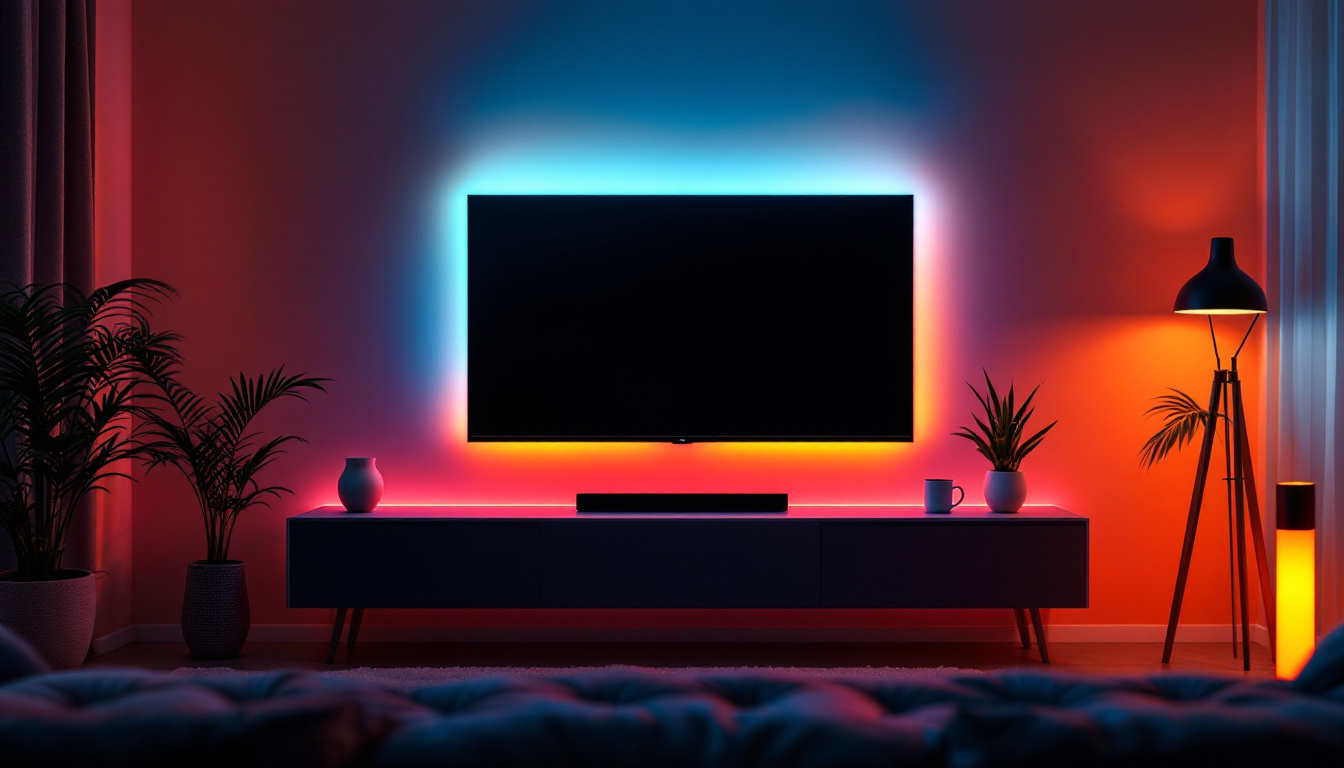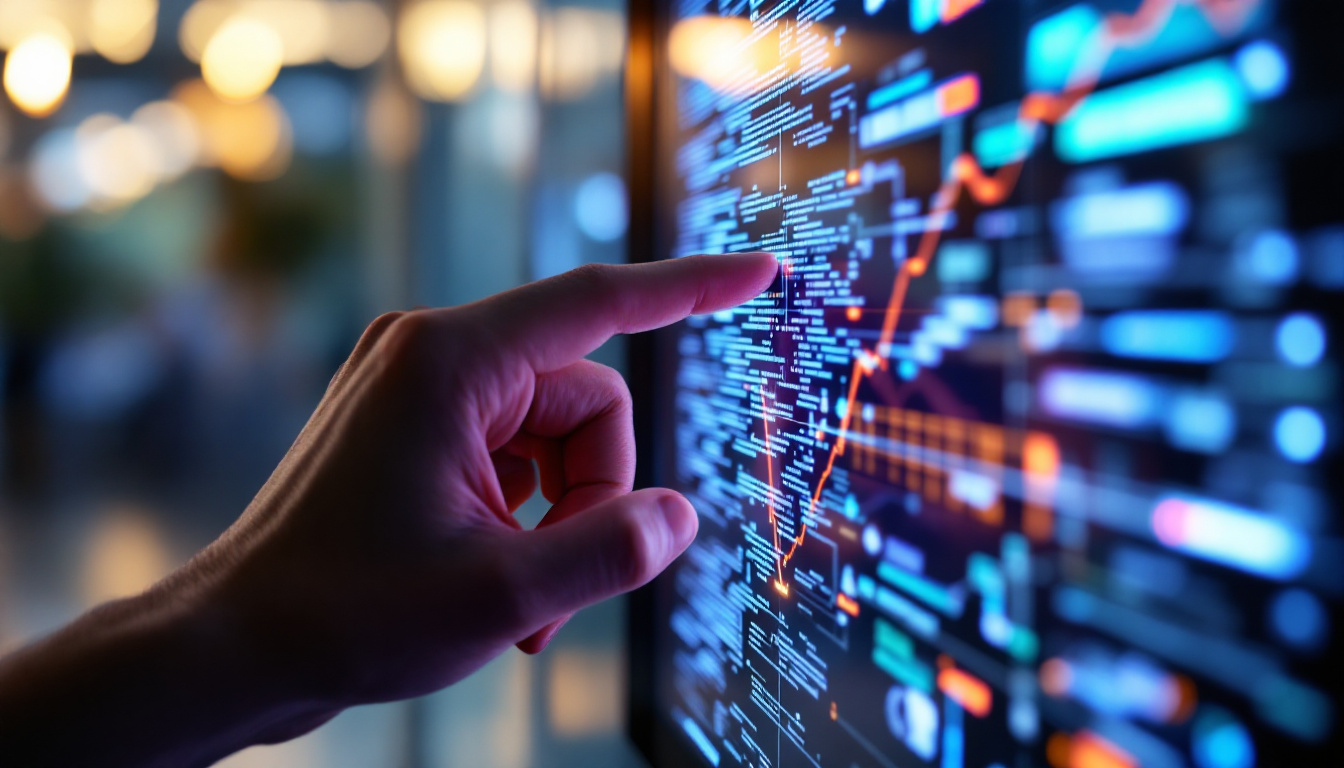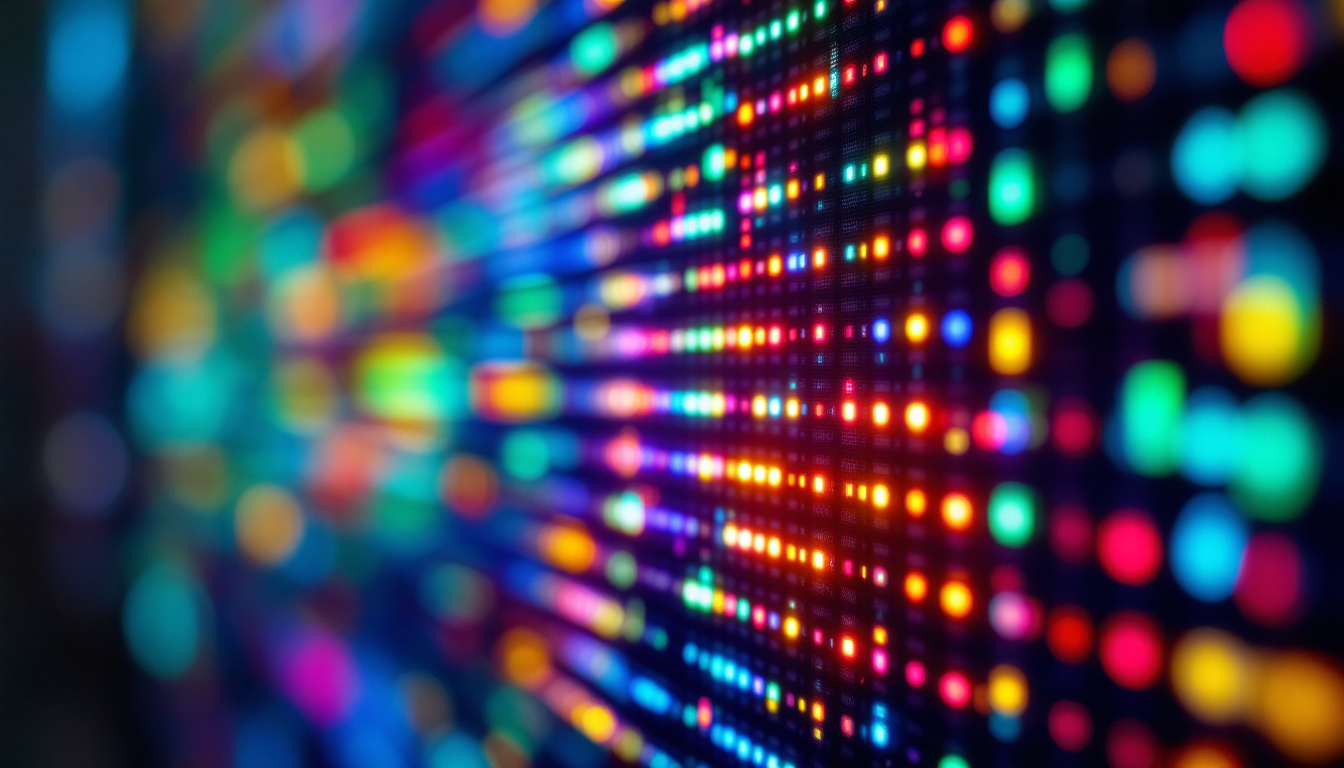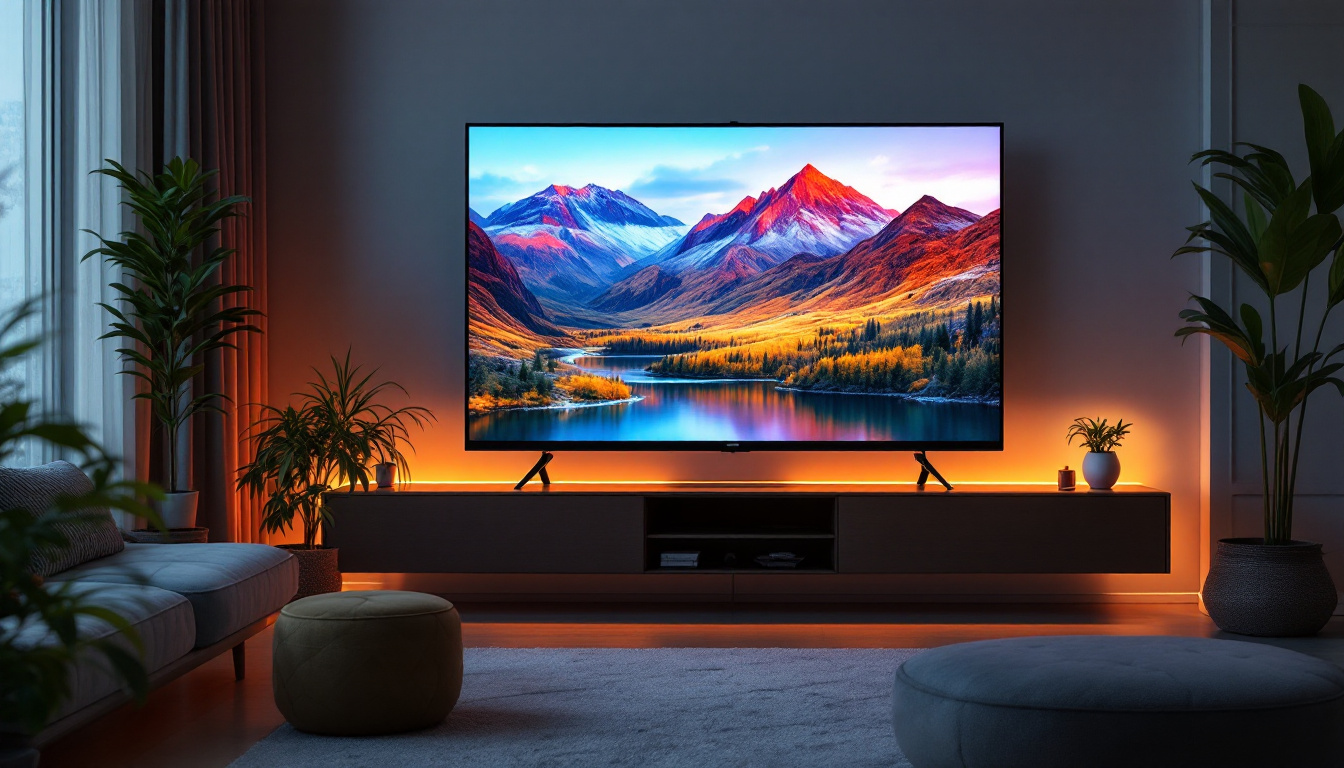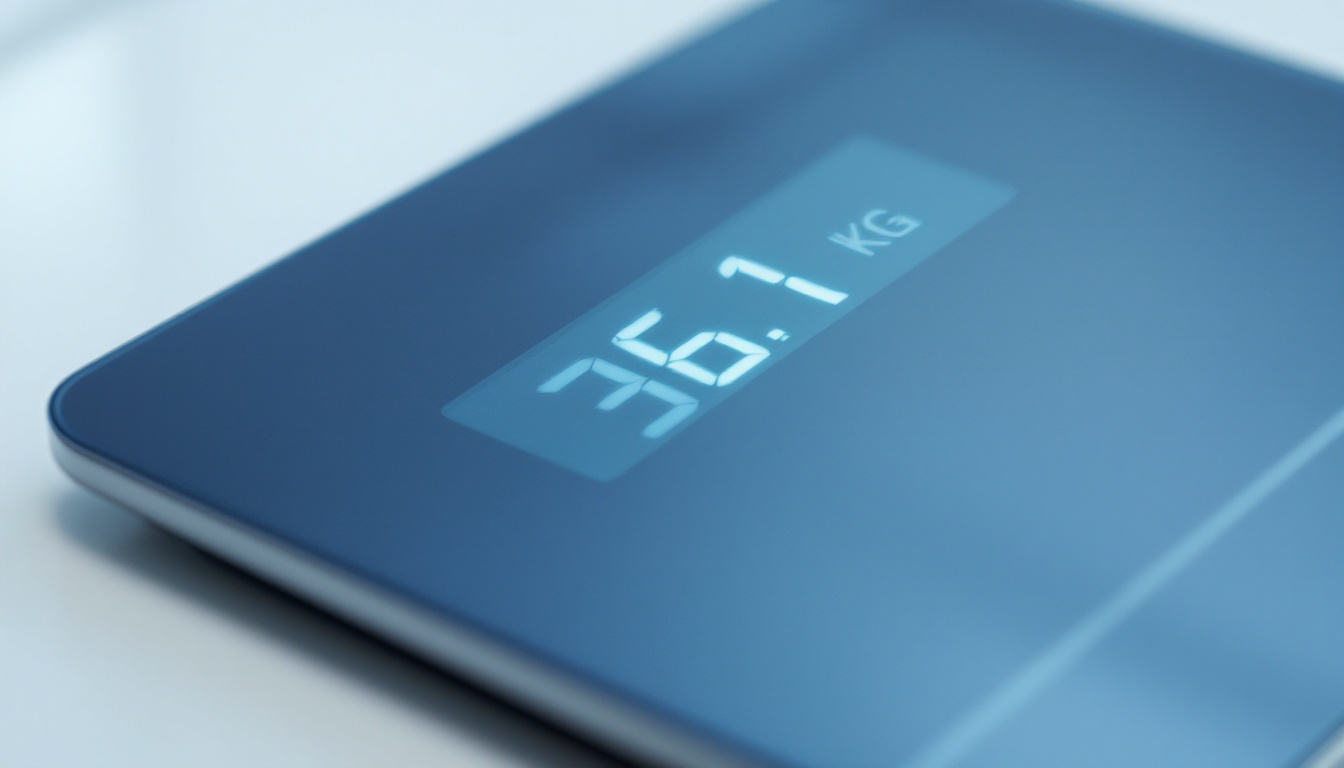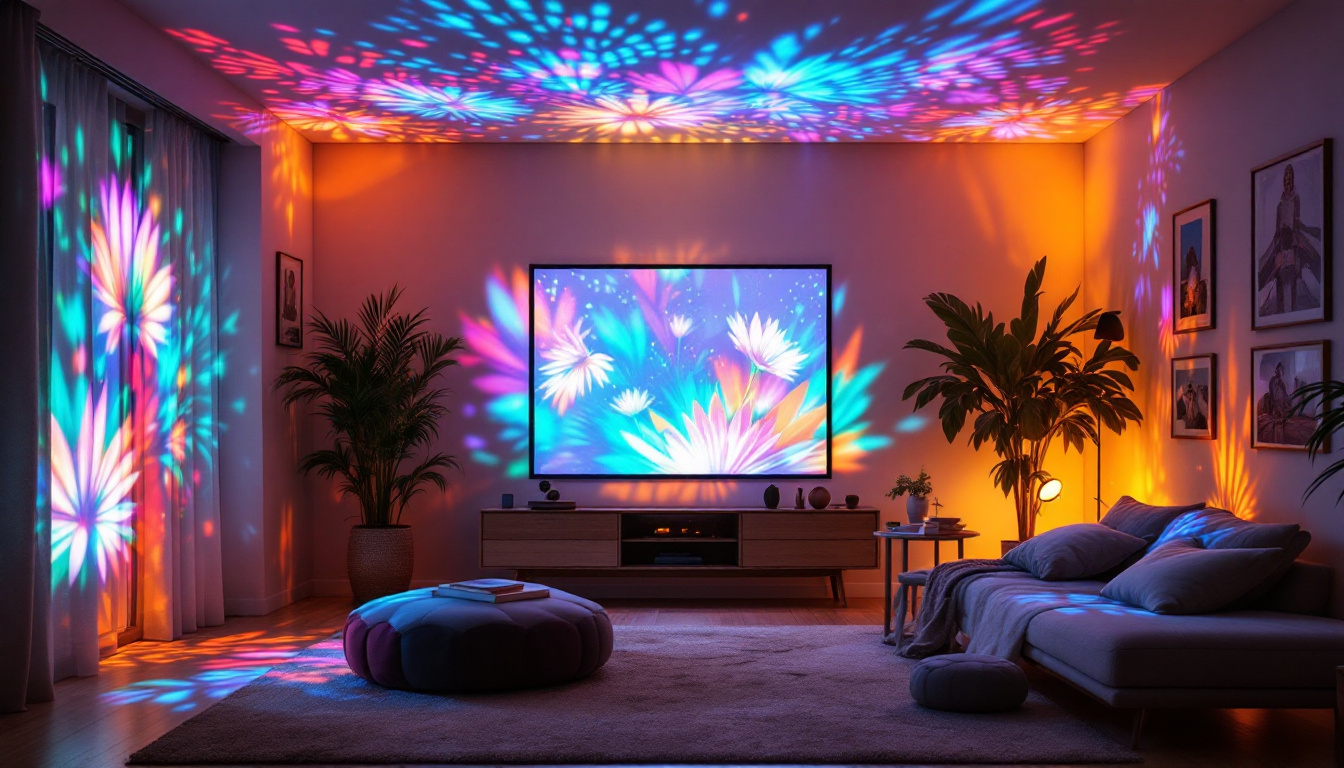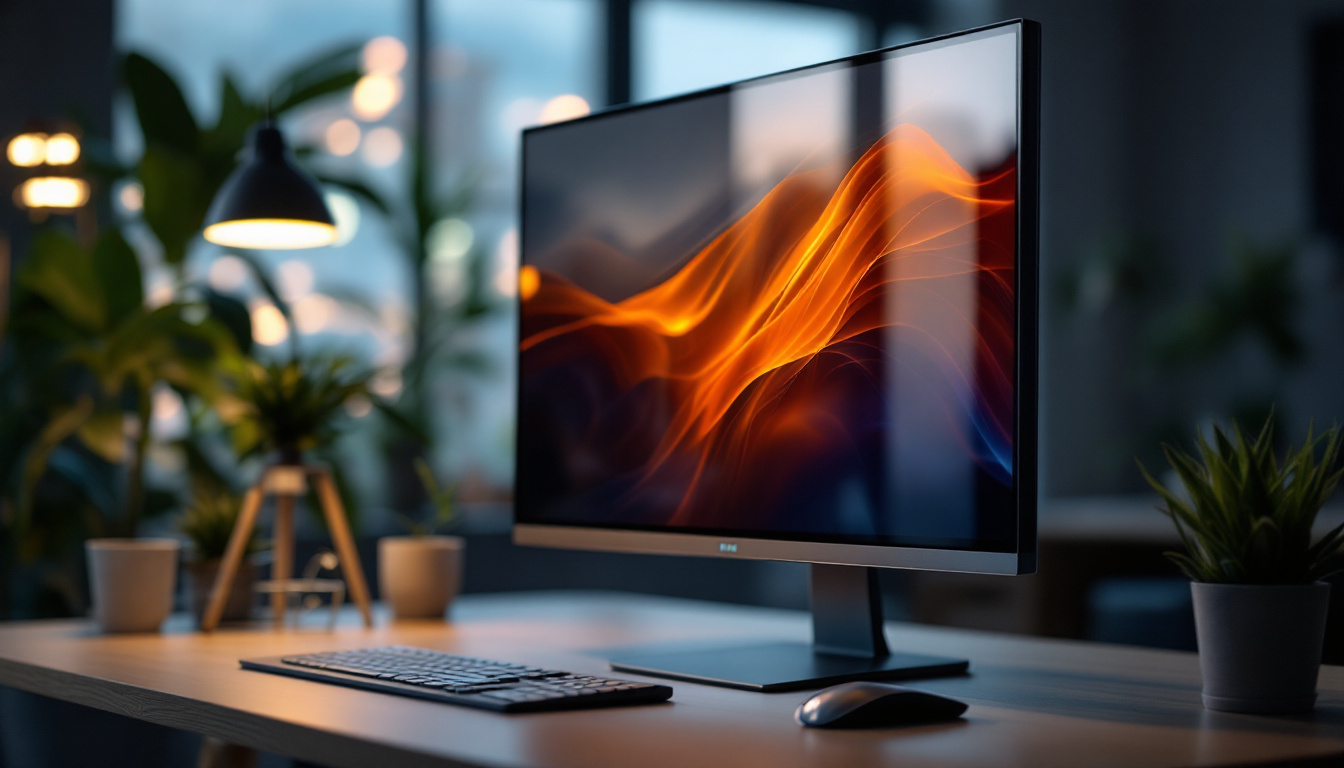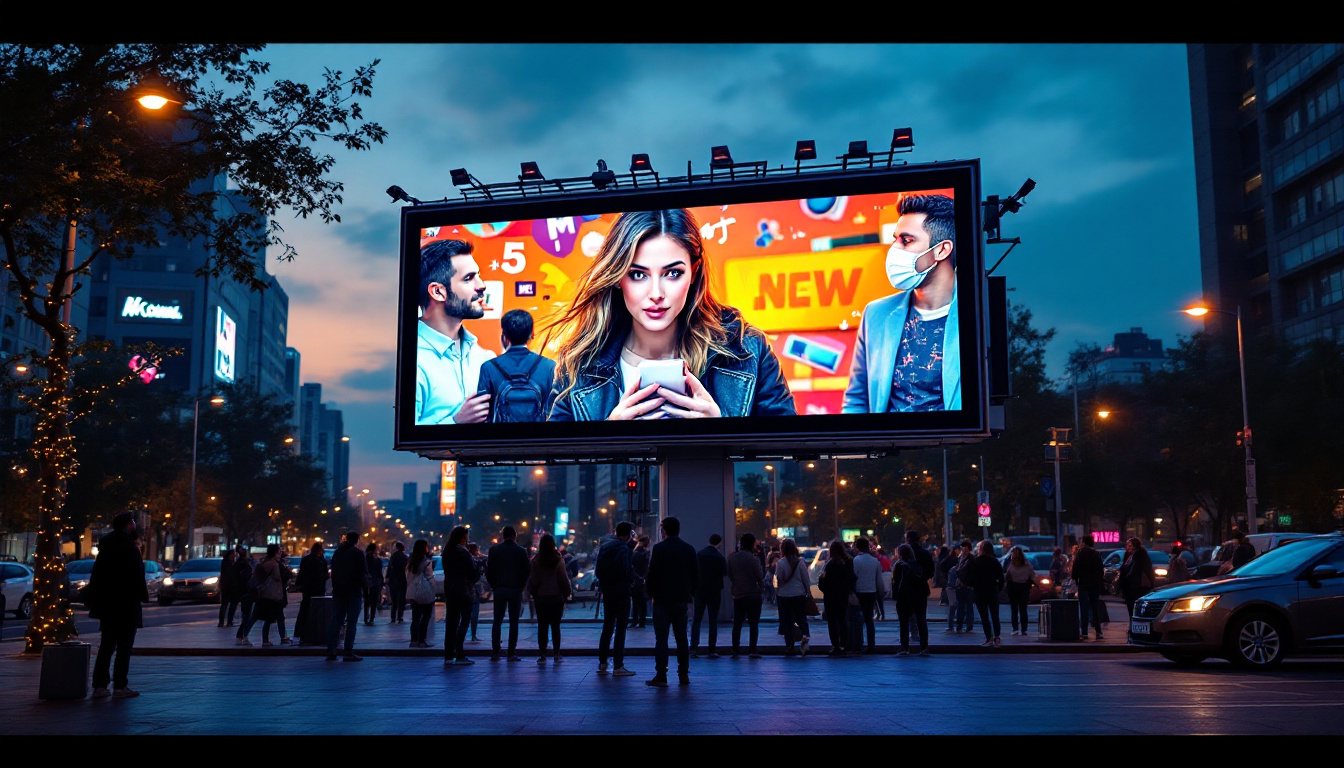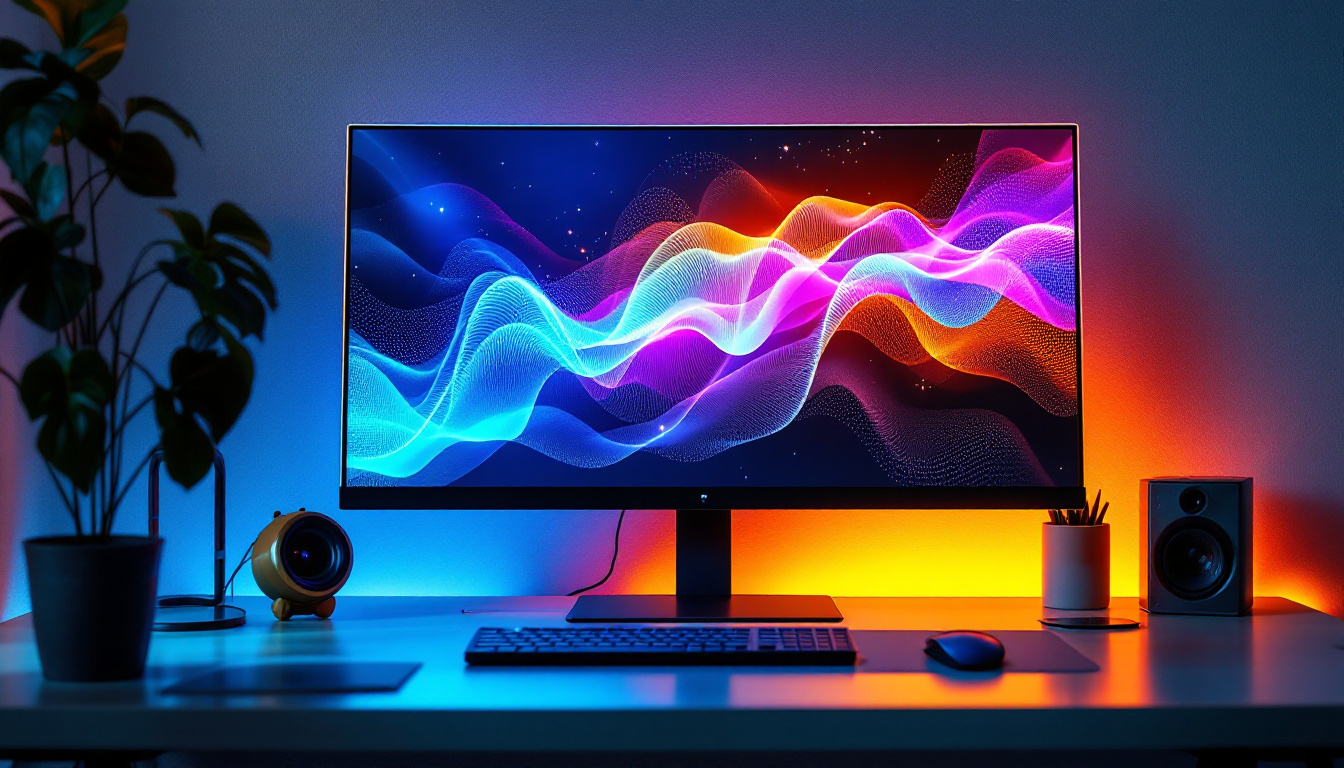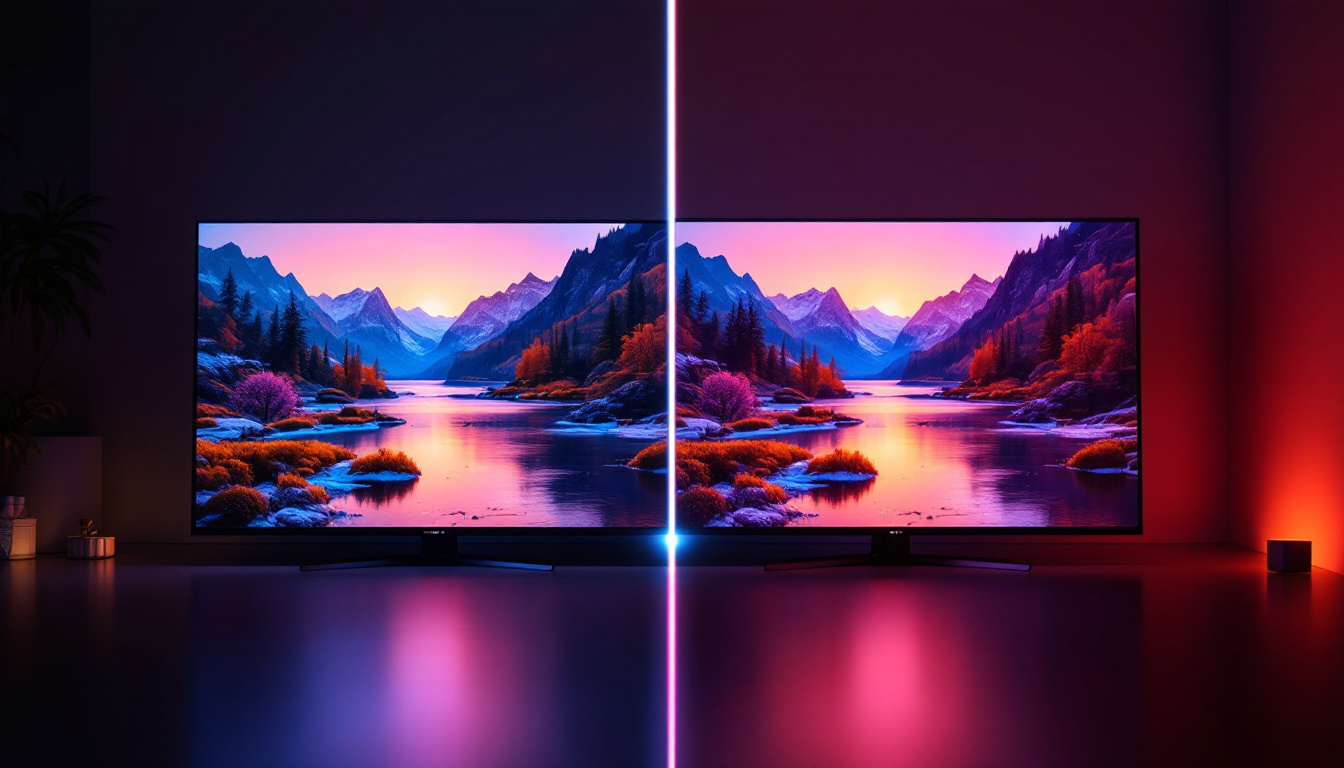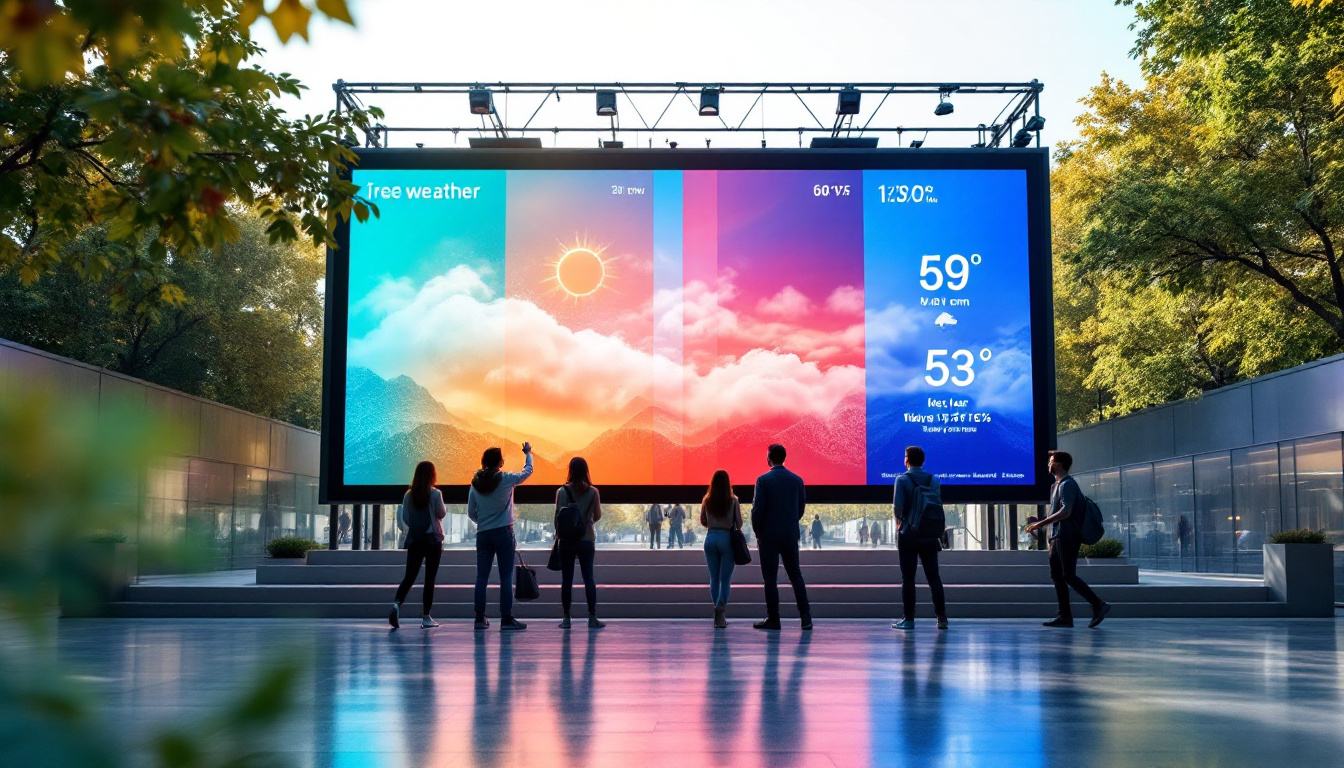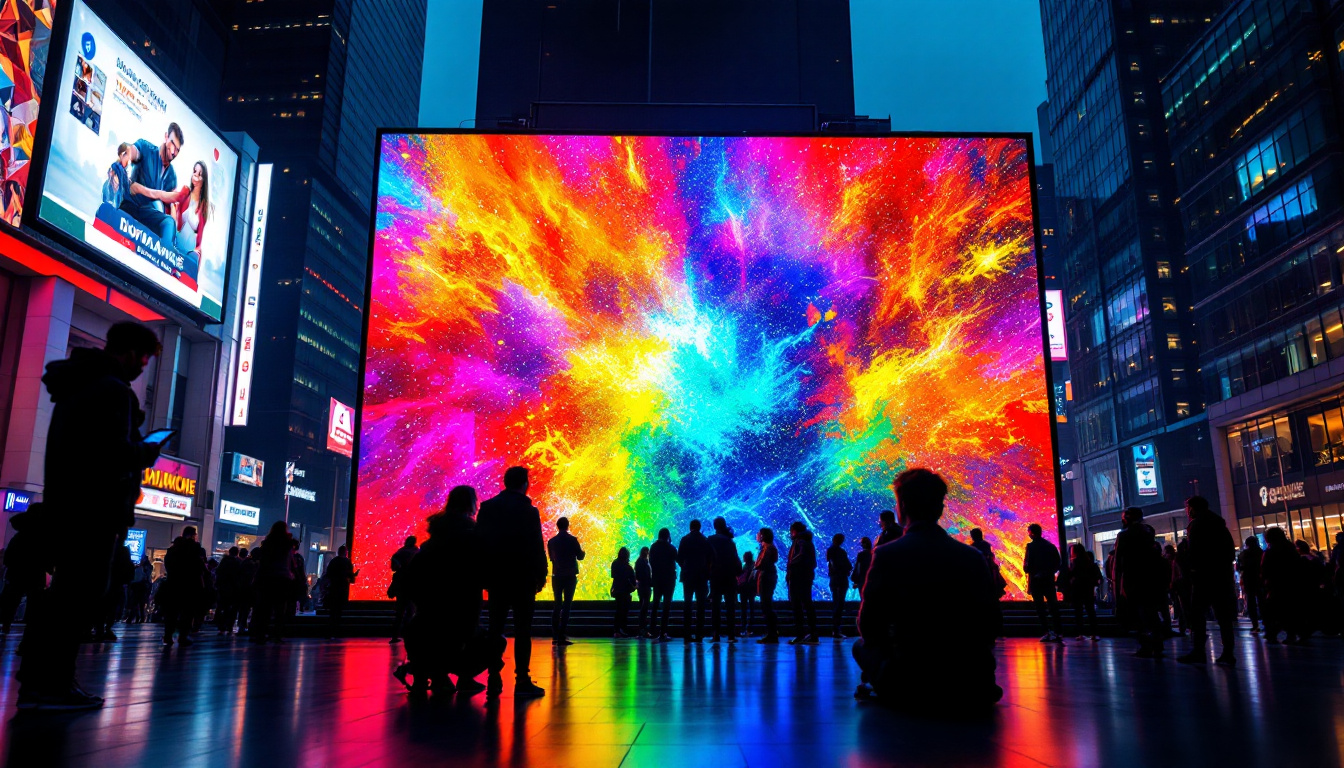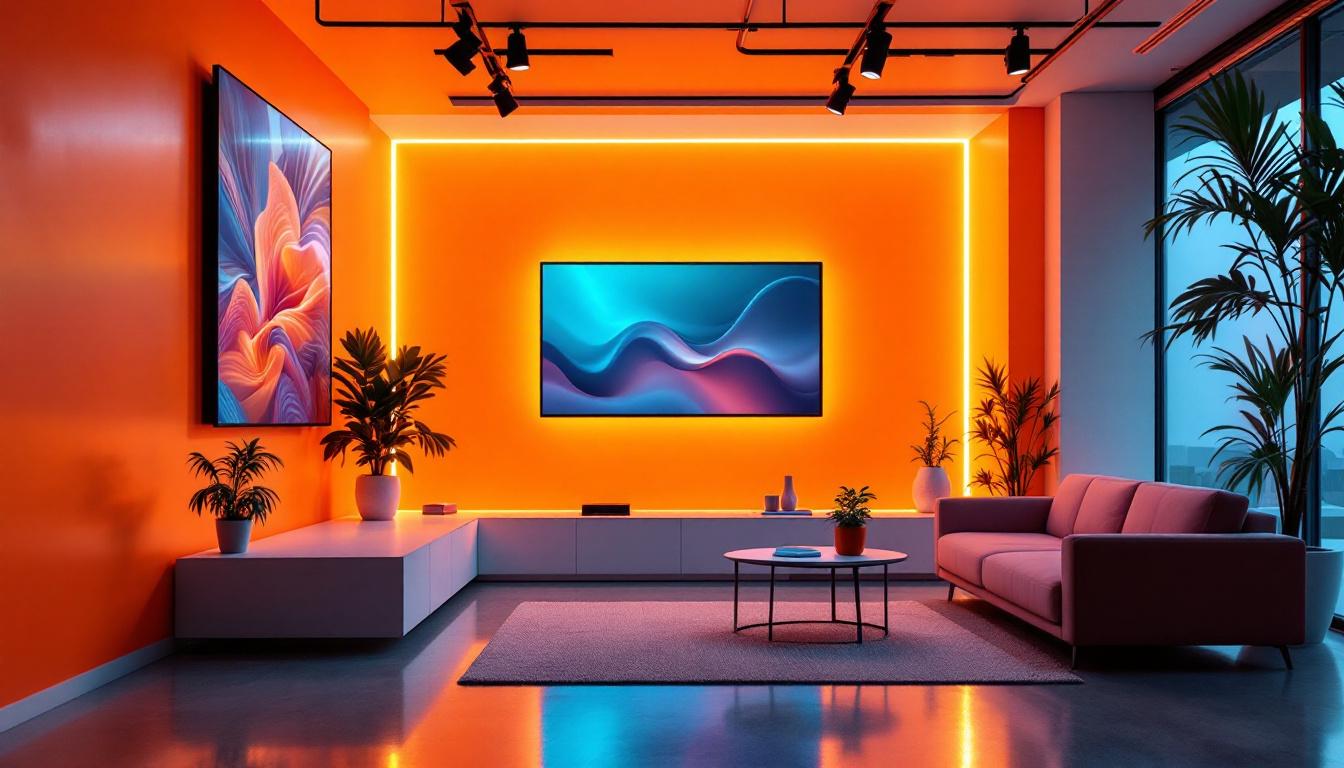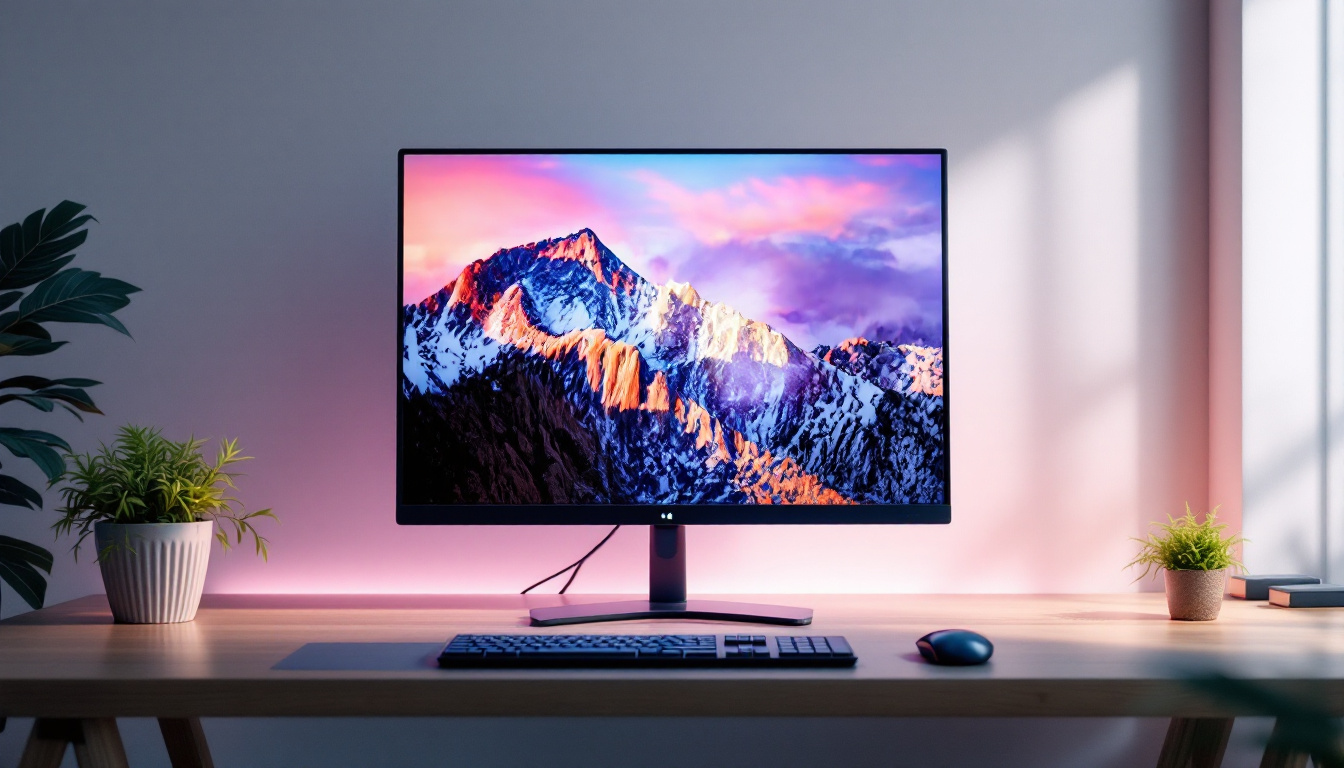In an increasingly digital world, privacy has become a paramount concern for individuals and organizations alike. The advent of privacy screens, particularly those featuring LED displays, has provided a solution to this growing issue. This article delves into the intricacies of 16 privacy screens with LED displays, exploring their functionality, benefits, and applications.
Understanding Privacy Screens
Privacy screens are specialized filters that limit the viewing angle of a display, ensuring that only the person directly in front of the screen can see the content. This technology is particularly useful in environments where sensitive information is displayed, such as offices, public spaces, and during travel. As digital communication becomes increasingly prevalent, the need for privacy has never been more critical, prompting both individuals and organizations to adopt these protective measures to safeguard confidential information from unintended eyes.
How Privacy Screens Work
The mechanism behind privacy screens is relatively straightforward. These screens utilize a combination of micro-louver technology and polarized filters to restrict the viewing angle. When viewed from the side, the screen appears dark or completely blank, effectively preventing unauthorized viewing. This innovative design not only enhances security but also contributes to a more focused work environment, as users can concentrate on their tasks without the distraction of others peering over their shoulders.
LED displays, when paired with privacy screens, enhance this effect. The brightness and clarity of LED technology ensure that the content remains visible to the intended viewer while remaining obscured from prying eyes. This dual functionality makes LED privacy screens a popular choice for many users. Moreover, the combination of high-resolution displays with privacy technology allows for vibrant colors and sharp images, making it an ideal solution for graphic designers and professionals who need to maintain visual fidelity while protecting sensitive information.
Types of Privacy Screens
There are various types of privacy screens available, each designed to cater to different needs and environments. Some common types include:
- Clip-On Privacy Screens: These are portable and can be easily attached to laptops or tablets, making them ideal for on-the-go professionals. Their lightweight design allows for easy transport, enabling users to maintain privacy whether they are in a coffee shop, airport, or shared workspace.
- Built-In Privacy Filters: Some devices come with integrated privacy screens, offering a seamless solution without the need for additional accessories. This built-in feature is particularly advantageous for users who prefer a clean and minimalistic look without the hassle of applying or removing external filters.
- Screen Protectors: These thin films can be applied directly to the display, providing a discreet layer of privacy without compromising the screen’s integrity. They often come with added benefits such as scratch resistance and anti-glare properties, making them a practical choice for everyday use.
In addition to these common types, there are also specialized privacy screens designed for specific applications, such as medical environments where patient confidentiality is paramount. These screens not only protect sensitive information but also help in complying with regulations like HIPAA, ensuring that healthcare providers can share information securely without risking patient privacy. Furthermore, with the rise of remote work and virtual meetings, privacy screens have become essential tools for professionals who need to maintain confidentiality while working from home or in public settings.
Benefits of LED Privacy Screens
LED privacy screens offer a myriad of benefits that extend beyond mere confidentiality. They enhance user experience, improve productivity, and contribute to overall security. Here are some key advantages:
Enhanced Security
In an age where data breaches are rampant, protecting sensitive information is crucial. LED privacy screens help mitigate the risk of unauthorized access by ensuring that only the intended viewer can see the display. This is particularly important in workplaces where confidential data is frequently accessed. By employing advanced technology that narrows the viewing angle, these screens effectively shield sensitive content from prying eyes, thus fostering a culture of trust and confidentiality among employees and clients alike. Furthermore, the implementation of such screens can also help organizations comply with data protection regulations, reducing the risk of costly penalties associated with data leaks.
Improved Focus and Productivity
By reducing distractions from peripheral viewers, privacy screens allow users to concentrate better on their tasks. This is especially beneficial in open office environments, where multiple individuals may be working in close proximity. With fewer distractions, employees can maintain a higher level of productivity. Research has shown that employees equipped with privacy screens report a significant decrease in interruptions, leading to a more streamlined workflow. Additionally, the ability to work without the anxiety of being watched can enhance job satisfaction, resulting in a more motivated workforce.
Versatile Applications
LED privacy screens are not limited to office use. They are also increasingly popular in various settings, including:
- Public Transport: Commuters can work on sensitive documents without fear of being observed.
- Healthcare: Medical professionals can safeguard patient information while using electronic devices.
- Education: students can focus on their studies without distractions from classmates.
Moreover, the versatility of LED privacy screens extends to retail environments, where they can be used to protect customer data during transactions, ensuring a secure shopping experience. In the financial sector, these screens are invaluable for bank tellers and financial advisors who handle sensitive client information regularly. The adaptability of LED privacy screens makes them an essential tool across various industries, promoting a secure and focused atmosphere wherever they are deployed. As technology continues to evolve, the integration of privacy screens into everyday devices will likely become even more seamless, further enhancing their utility and importance in our increasingly digital world.
Choosing the Right Privacy Screen
Selecting the appropriate privacy screen for a specific device or environment requires careful consideration of several factors. Here are some essential aspects to keep in mind:
Screen Size and Compatibility
Before purchasing a privacy screen, it is crucial to ensure that it is compatible with the device in question. Privacy screens come in various sizes, and selecting one that matches the screen dimensions of the device is essential for optimal performance.
Filter Type and Viewing Angle
Different privacy screens offer varying levels of protection based on their filter type. Some screens provide a wider viewing angle while still blocking peripheral views, while others may have a more restrictive angle. Understanding the specific needs of the user will help in selecting the right filter type.
Installation and Maintenance
Ease of installation and maintenance is another important consideration. Some privacy screens are designed for quick and easy application, while others may require more complex installation processes. Additionally, users should consider how easy it is to clean and maintain the screen to ensure longevity.
Installation of LED Privacy Screens
Installing an LED privacy screen is generally a straightforward process, but it can vary depending on the type of screen chosen. Here’s a basic overview of how to install different types of privacy screens:
Clip-On Privacy Screens
Clip-on privacy screens are among the easiest to install. They typically come with clips that attach directly to the edges of the device’s screen. To install:
- Align the clips with the edges of the screen.
- Gently press the clips into place until they secure the screen firmly.
- Adjust the screen as necessary to ensure optimal viewing angles.
Built-In Privacy Filters
For devices with built-in privacy filters, installation is usually not required. Users simply need to activate the privacy feature through the device’s settings. This can often be done with a simple toggle switch or software adjustment.
Screen Protectors
Applying a privacy screen protector requires a bit more care. Here’s a step-by-step guide:
- Clean the device screen thoroughly to remove dust and fingerprints.
- Peel off the backing of the privacy screen protector.
- Align the protector with the screen, ensuring it fits perfectly.
- Press down gently from the center outward to eliminate air bubbles.
Maintaining Your Privacy Screen
To ensure the longevity and effectiveness of a privacy screen, proper maintenance is essential. Here are some tips for keeping your LED privacy screen in optimal condition:
Regular Cleaning
Dust and smudges can accumulate on the surface of privacy screens, affecting visibility and performance. Regular cleaning with a microfiber cloth is recommended. Avoid using harsh chemicals that can damage the screen or the privacy filter.
Check for Damage
Periodically inspect the privacy screen for any signs of wear or damage. Cracks, scratches, or peeling edges can compromise the effectiveness of the screen. If any damage is detected, consider replacing the screen to maintain privacy.
Storage and Handling
When not in use, store clip-on privacy screens in a protective case to prevent scratches or damage. For screen protectors, handle the device with care to avoid any unnecessary pressure that could lead to cracks.
Future Trends in Privacy Screens
The technology behind privacy screens is continuously evolving, with new advancements on the horizon. Some future trends to watch include:
Adaptive Privacy Screens
Future privacy screens may incorporate adaptive technology that adjusts the level of privacy based on the environment. For example, a screen could automatically switch to a more restrictive mode in crowded public spaces while allowing a wider viewing angle in private settings.
Integration with Smart Devices
As smart devices become more prevalent, privacy screens may be integrated into the device’s operating system. This could allow for seamless switching between privacy modes, enhancing user experience without requiring additional hardware.
Eco-Friendly Materials
With growing awareness of environmental issues, manufacturers are likely to explore eco-friendly materials for privacy screens. This shift could lead to more sustainable production processes and products that are less harmful to the environment.
Conclusion
In a world where privacy is increasingly under threat, 16 privacy screens with LED displays offer a practical and effective solution. By understanding how these screens work, their benefits, and how to choose and maintain them, individuals and organizations can take significant steps towards protecting their sensitive information. As technology continues to evolve, the future of privacy screens looks promising, with innovations that will further enhance user experience and security.
Ultimately, investing in a high-quality privacy screen is not just a matter of convenience; it is a proactive measure in safeguarding personal and professional data in an ever-connected world.
Discover LumenMatrix’s Advanced LED Privacy Solutions
Embrace the future of privacy and visual technology with LumenMatrix. As a pioneer in LED display innovation, we offer an extensive range of LED display modules designed to protect your sensitive information while providing an immersive visual experience. From dynamic Indoor and Outdoor LED Wall Displays to specialized solutions like Vehicle, Sports, and Floor LED Displays, our products are tailored to meet your privacy and branding needs. Experience the next level of engagement with our Custom, All-in-One, and Transparent LED Displays. Check out LumenMatrix LED Display Solutions today and transform the way you communicate and protect your data.

